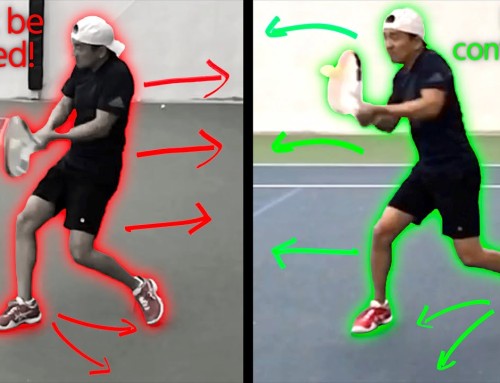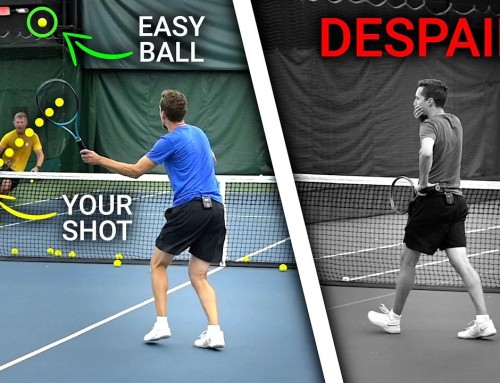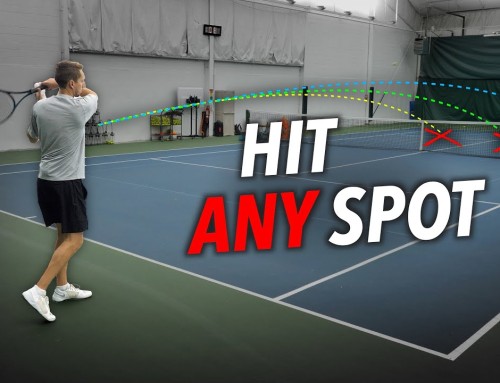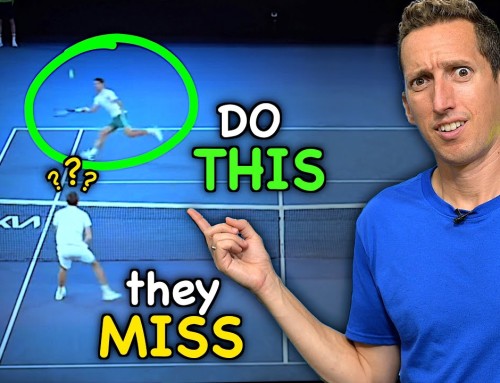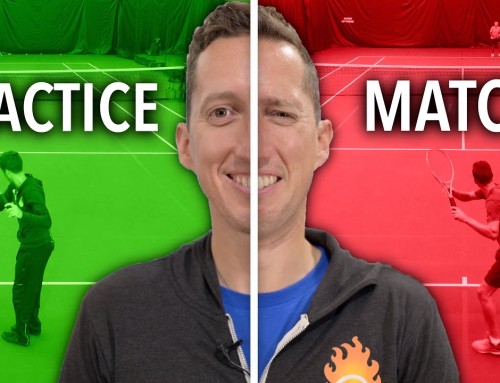The concept and drill I have to share with you in today’s lesson is absolutely vital to your success as a tennis player.
If you can understand and correctly impliment what I’m teaching today then it will mean more power, spin and accuracy on your forehand, backhand and serve. No fooling!
Hit the most ACCURATE groundstrokes of your life with this coaching series – Click Here!



